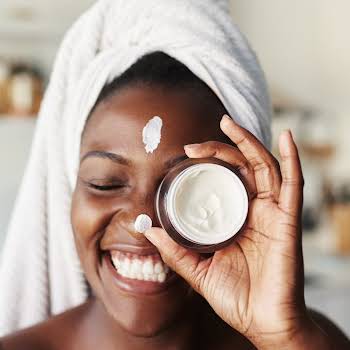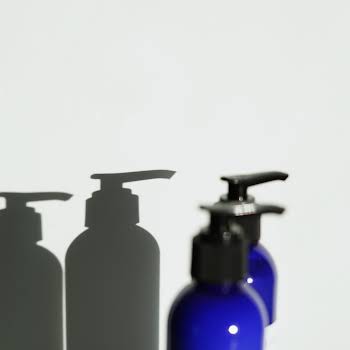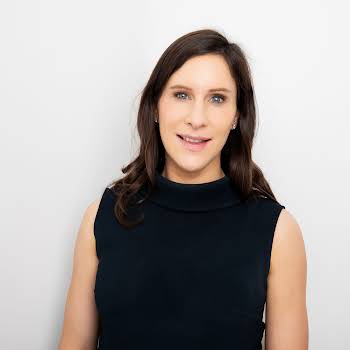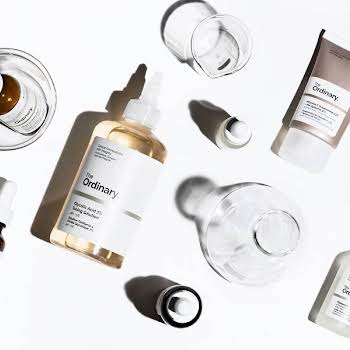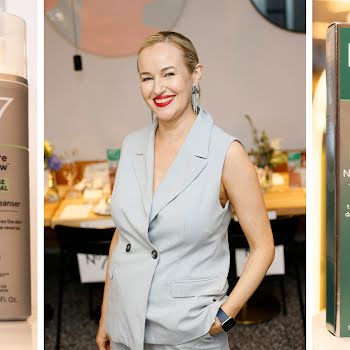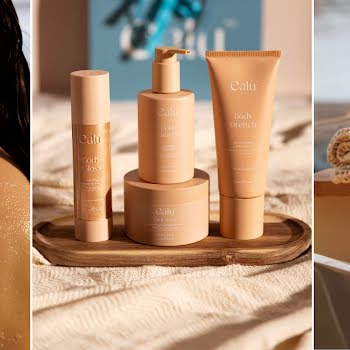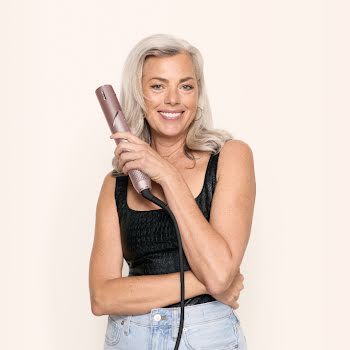
Don’t feel bad about your neck — a dermatologist urges the importance of protecting ‘the forgotten skin’
By Holly O'Neill
05th May 2020
05th May 2020
“According to my dermatologist, the neck starts to go at forty-three, and that’s that…” writes Nora Ephron in I Feel Bad About My Neck. “The neck is a dead giveaway. Our faces are lies and our necks are the truth. You have to cut open a redwood tree to see how old it is, but you wouldn’t have to if it had a neck.” Here, Dr Rosemary Coleman, consultant dermatologist at Centre for Restorative Dermatology in Blackrock Clinic, Dublin, writes about the importance of protecting what she calls ‘the forgotten skin’
From a very early age, we become conscious of our face yet neglect important other regions of skin until many decades later. If we paid them the same attention as our face, they’d remain in far better and more youthful condition. We can get away with it in the winter but not in the spring or summer, or in evening wear when there’s a lovely, clear, plump-skinned face and pigmented, crinkly chest and neck to go with it.
Around mid-forties, we suddenly realise we have a neck and that it’s becoming somewhat crepey, pigmented or blotchy red. It takes another decade to suddenly observe, usually when trying on a summer or evening dress, that the chest skin has now become thinner, more translucent, has mottled pigmentation and broken blood vessels or developed crusty pre-cancerous lesions (actinic keratoses), soon to be skin cancers if not treated.
As for the hands, they are steadily losing their volume from our mid-40’s, becoming crepey, developing liver spots and again pre-cancerous crusty areas. As we age further, they show the bruising of very thin old skin, Bateman’s purpura. There’s a reason why Madonna, Karl Largerfeld and many other celebrities never reveal their hands in public!
Finally, the lower legs are amongst the most common sites for skin cancers as we age. The skin here is very prone to drying out, getting crusty and pigmented and even developing leg ulcers if not cared for. People often forget SPF all the way down there, especially women wearing skirts.
Fret not, help is at hand using appropriate preventative/corrective skincare and restorative skin treatments. Here’s how you can protect ‘the forgotten skin’.
SUN PROTECTION
The skin on these ‘forgotten areas’ are highly environmentally exposed sites which get significantly sun-damaged and aged.
As with all anti-ageing approaches, prevention is better than cure. There is nothing cheaper and more effective than sun avoidance and protection from as early an age as possible. Society has become very aware of the importance of applying SPF to our face on a daily basis (and remember it should be 365 days a year) but it amazes me why people stop the application at their jawline! I believe that the face begins at the hairline and ends at the cleavage as far as SPF and skincare products are concerned. Even men’s necks benefit from daily SPF rather than developing the blotchy red or brown discolouration we so frequently see.
AVOID PERFUMES ON EXPOSED SKIN
To prevent pigment change and ageing on the neck, avoiding directly applying perfumes and aftershaves here. They interact with daylight and cause unsightly red-brown pigmentation, which can be extremely difficult to remove, so-called Berloque Dermatitis. I’m amazed how many women have never heard of this and end up with discolouration on the sides of their necks below their ears.
CLOTHING
Remember that 80% of ageing is photo-ageing and not just the passage of time. Clothes offer the best photoprotection for ‘the forgotten skin’, complemented of course by SPF underneath. Try wearing light summer scarves for the neck and chest, long skirts and sun protection gloves for driving and rash vests like the ones we put on our children to stop them burning in the swimming pool to protect the upper body while in the pool/sporting activities.
I often ask women if they put rash vests on their children on holidays in the sun and of course, they all do. However, when I ask if they wear them themselves they invariably say no, so I question at what age they decided they didn’t need to protect their chest and shoulder skin anymore! Women also forget that if they are wearing a light, wispy fabric that they can see sun rays through, it can penetrate it and damage their skin.
SKINCARE
Surprisingly, the skin of the neck and chest can be far less tolerant to stronger anti-ageing ingredients such as retinol and glycolic acid, than the face. However, it can usually tolerate vitamin C, peptides and resveratrol without a problem. If the skin here is pigmented, consider skincare products containing anti-pigment agents such as Skinceuticals Discolouration Defense, Skinceuticals Advanced Pigment Corrector and CE Ferulic Serum, Biologique Recherche Crème PIGM 400 and Lotion P50 PIGM 400, and products containing ingredients such as Kojic acid, Azelaic acid, Tranexamic acid and vitamin C.
Severe pigmentation disorders such as melasma will require prescription-grade products from your dermatologist.
For the hands, SPF is very hard to keep in place because of exposure and frequent hand washing, so consider protective gloves for activities such as golf, or if you do a lot of driving, flesh-coloured fingerless gloves are unnoticeable and easy to buy online. When applying retinol to the face, rub into the backs of the hands also. For lower legs, rich moisturisers containing urea and ceramides are particularly hydrating here, like Eucerin with urea and Cerave.
TREATMENTS
The face can tolerate stronger, active treatments than the neck or chest which are far more prone to keloid scarring and must be treated very cautiously when it comes to invasive treatments.
For the neck, combination treatments work best. In the early days when the jawline is softening, tightening treatments such as Ulthera will work well and tone everything back up for a few more years. If there is a pronounced double chin, CoolSculpt fat reduction by cryolipolysis might be beneficial in selected patients.
Fat-dissolving injections, not yet licensed in Ireland, can also ‘tweak’ small fat bulges under the chin. Botulinum toxin injections can dramatically improve longitudinal ‘platysmal bands’, soften horizontal ‘Venus lines’, sharpen a slightly soft jawline and even improve the crepey appearance of the skin. For severe laxity, all of the above will be a complete waste of money and a little neck lift can be amazing, once you have thoroughly researched your surgeon.
With the hands, volume loss is a major issue for ageing hands. Radiesse, calcium hydroxyapatite, is the ideal volumiser here and results can last up to 2 years, after two 30 minute treatments a month apart.
For the chest, I often find that I can’t convince women to mind the skin of their chests until they get their first skin cancer and then it takes a lot of work to try to restore it. Avoid filler injections here as volume loss is not the problem and lumps are almost inevitable.
With tone and texture, having firmer skin in all of these areas will still not look much better unless the tone and texture are also improved. They are all suitable for treatments such as Fractionated lasers, Intense Pulsed Light therapy, Yag laser, Platelet Rich Plasma injections, Sunekos, Profhilo, mesotherapy, micro-needling and skin peels.
These treatments stimulate collagen and elastic tissue production to thicken skin and many can also improve pigmentation and redness. The specific treatment needed must be chosen for the particular needs of the skin of the individual and be bespoke.
Finally, keratoses – pre-cancerous lesions — need to be treated by liquid nitrogen or chemotherapy creams from your dermatologist.
Dr Rosemary Coleman is a consultant dermatologist at Centre for Restorative Dermatology in Blackrock Clinic, Dublin.
Photography by Jason Lloyd Evans.
Read more: ‘Everyone should use a topical retinol’ — Dr Rosemary Coleman on the essential skincare routine
Read more: Maternal Mental Health: ‘I was terrified they would take my children away if I admitted I was struggling’
Read more: #MetGalaChallenge: our favourite online efforts to recreate the First Monday in May












